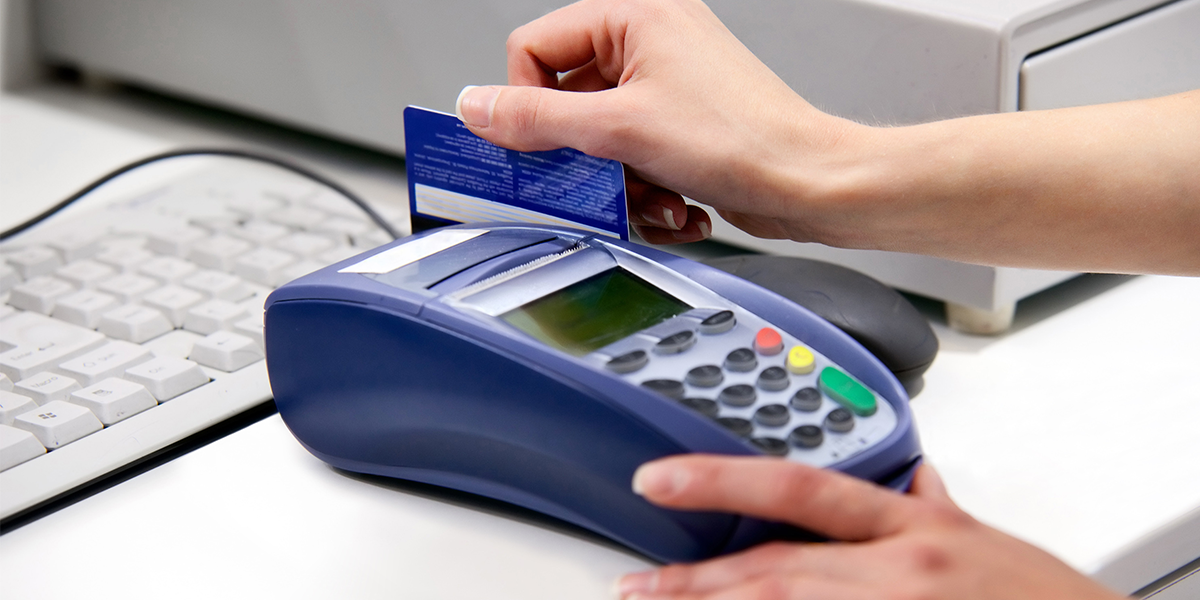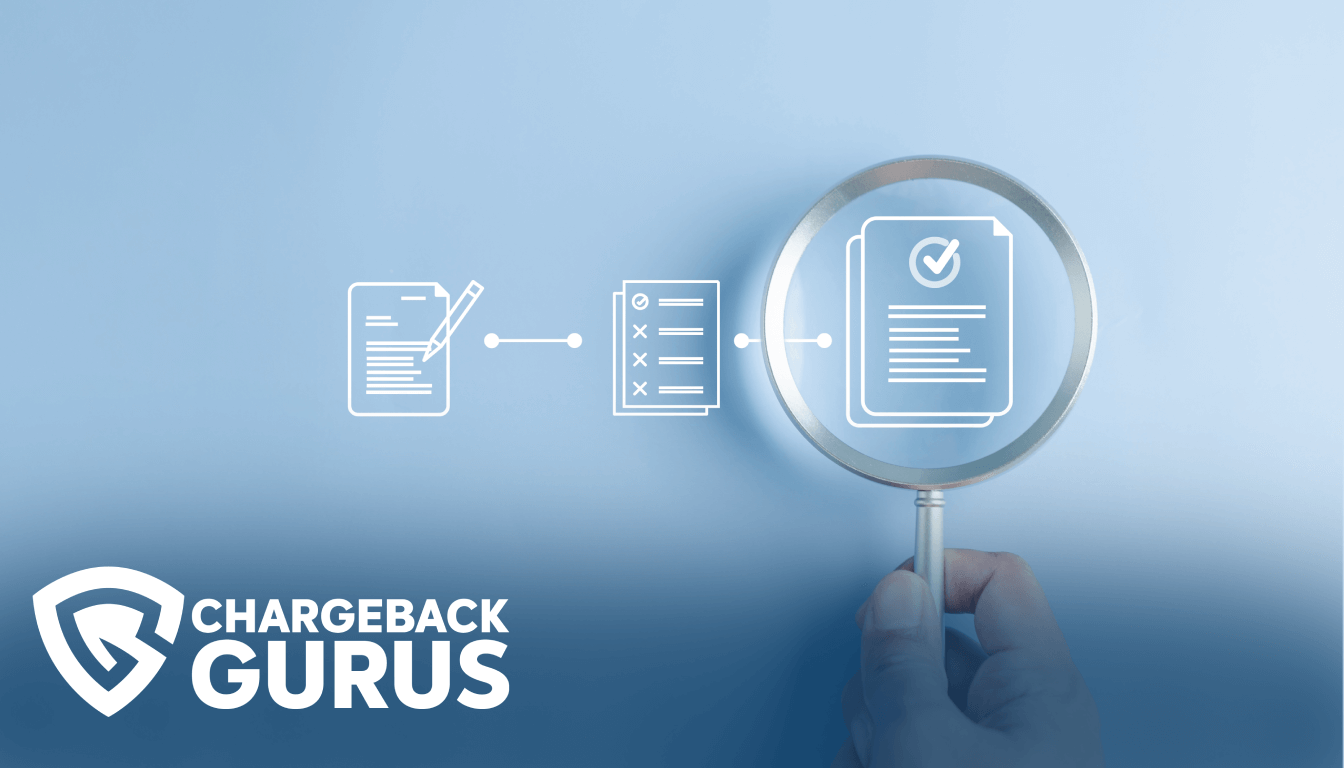American Express Chargeback Reason Code F30: Fraud

Table of Contents
- What is American Express chargeback reason code F30?
- What causes code F30 chargebacks?
- What's the time limit to respond to code F30 chargebacks?
- How can merchants fight code F30 chargebacks?
- How can merchants prevent code F30 chargebacks?
- About American Express chargeback reason codes
Merchants who receive a chargeback for a transaction placed with an American Express card may encounter reason code F30, which indicates an unauthorized transaction that the cardholder does not believe they should be responsible for paying. The actual underlying cause of this chargeback may be true fraud, friendly fraud, or merchant error. Merchants who believe they have received an invalid chargeback under reason code F30 may be able to represent the transaction and reverse the chargeback with the right compelling evidence.
What is American Express chargeback reason code F30?
American Express chargeback reason code F30 falls under the “Fraud” category. The shorthand description is “EMV Counterfeit.” The use of this reason code indicates that the cardholder is claiming they did not participate in the transaction, and American Express believes a counterfeit card was used.
Fraudsters can create counterfeit credit cards by copying the data encoded in the magnetic stripe on the back of the original card. The EMV chip standard is designed to prevent this kind of abuse, but if a merchant’s point of sale terminal isn’t chip-and-PIN enabled, or if they swipe the card when a fake EMV chip fails to scan, counterfeit cards can evade detection.
This reason code is not intended to be used for fraudulent transactions involving contactless payment systems or digital wallet payments.
What causes code F30 chargebacks?
A fraudster can write stolen credit card information onto the magnetic stripe of a credit card. They can then take the counterfeit card to a merchant who doesn’t use EMV-enabled payment terminals, or they can convince a merchant to let them swipe the card instead.
The fraudster gets away with a free purchase and the original cardholder gets billed for it.
People who commit friendly fraud intentionally are often aware of the liability rules for EMV chips, and may attempt to run an EMV-enabled card as a swipe transaction specifically so that they can later demand a chargeback.
Merchants who are lax about the proper handling of chip card transactions may inadvertently set themselves up to get hit with this type of chargeback.
What's the time limit to respond to code F30 chargebacks?
The acquirer or merchant has 20 days to respond to a chargeback filed under reason code F30.
How can merchants fight code F30 chargebacks?
Merchants can fight code F30 chargebacks by providing evidence that the EMV chip was scanned or that it was a card-not-present transaction and proper procedures were followed. If the merchant has already issued a refund, evidence of this will also reverse the chargeback.
How can merchants prevent code F30 chargebacks?
Merchants can prevent code F30 chargebacks by always scanning EMV chips in card-present transactions. The EMV chip standard can provide considerable protection against fraud for card-present merchants, but only if they upgrade to terminals compatible with the EMV standard and follow the appropriate guidelines.
The following practices can help you minimize the risk of receiving chargebacks related to counterfeit cards:
- Only use EMV-compliant terminals. If you are still using point-of-sale devices that do not include an EMV chip reader, upgrade or replace them immediately.
- Always use the correct cardholder verification method (such as signature or PIN) for the type of transaction you are processing.
- Be sure to differentiate between card-not-present and card-present transactions during clearing by noting internet, phone, or mail orders.
About American Express chargeback reason codes
Reason codes are alphanumeric codes that provide the justification for granting a chargeback. Pursuant to the Fair Credit Billing Act of 1974, cardholders have the right to dispute unauthorized or erroneous charges, and issuing banks must reverse a disputed transaction if the cardholder’s claim is valid.
When a cardholder contacts their issuing bank to dispute a transaction and receive a chargeback, the dispute is assigned a reason code that most closely matches the substance of the cardholder’s claims. The reason code provides the merchant and other stakeholders in the dispute with a concise explanation for why a chargeback has been granted.
Each card network — Visa, Mastercard, American Express, and Discover — defines and maintains their own unique set of reason codes, which are applied to disputes by the banks that issue credit and debit cards under their brands.
As both a card network and an issuer, American Express specifies 34 reason codes under the categories of Fraud, Authorization, Processing Errors, Card Member Disputes, and Inquiry/Miscellaneous. Each American Express reason code consists of one or more letters, indicating the category, and a number that identifies the specific dispute reason.
Understanding chargeback reason codes is one of the most essential parts of effective chargeback management. Identifying the chargeback reason code and the evidence required to fight it is the first step in chargeback representment, and analyzing your chargeback reason codes can provide you with insights into what types of disputes are causing you the most trouble. With this information, you can determine the root causes of your chargebacks and take action to prevent them from reoccurring.


